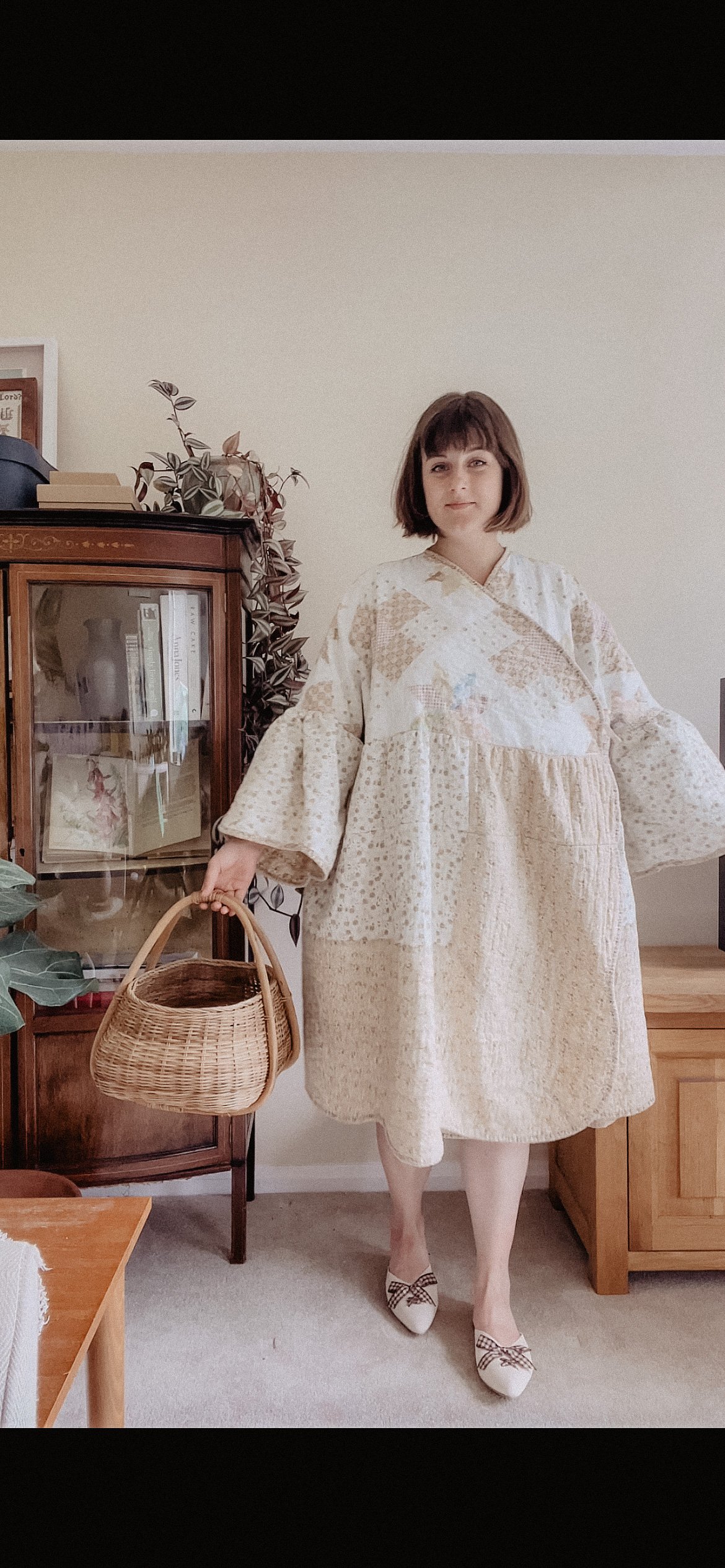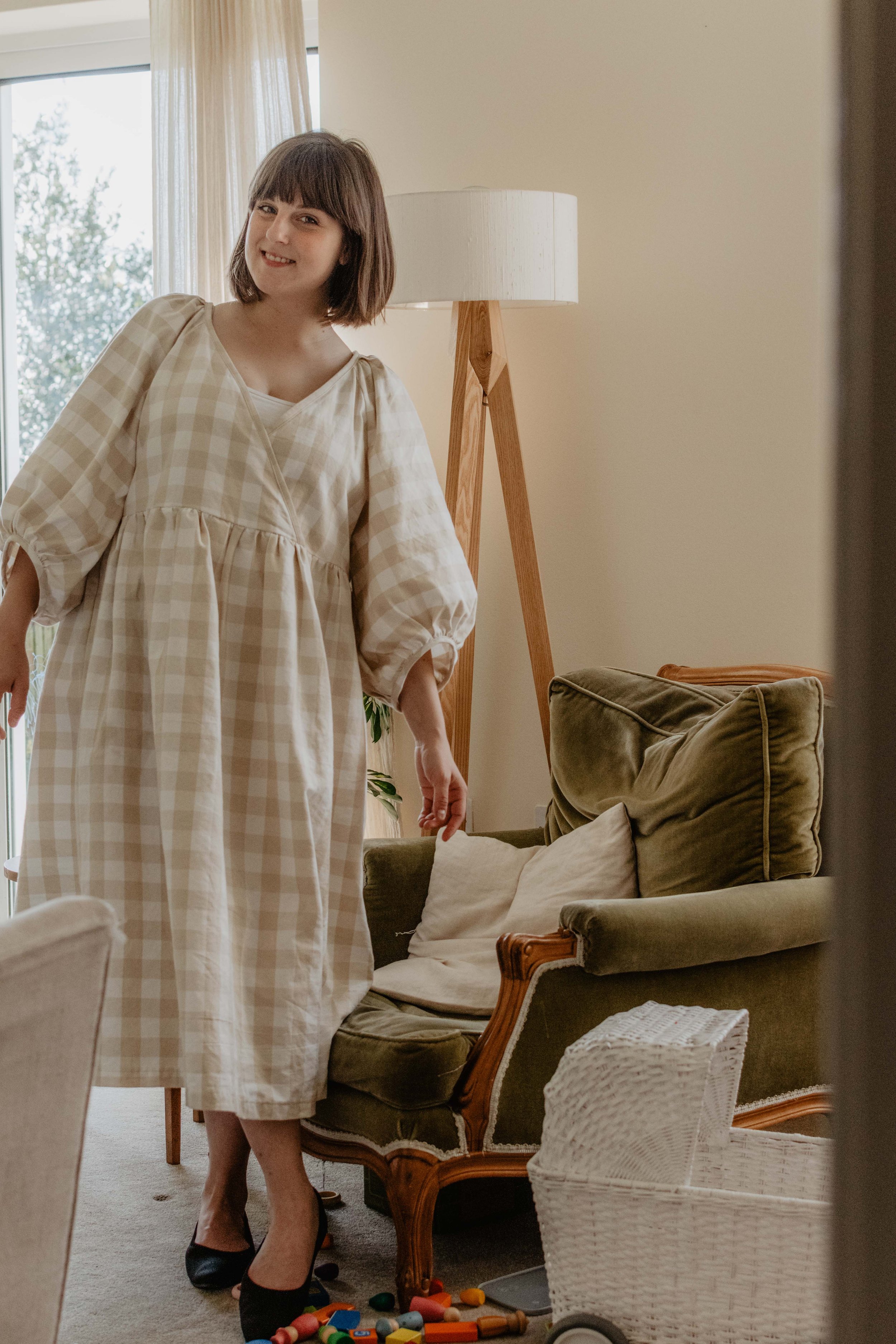The Best Ethical and Sustainable Children’s Clothes Brands
Finding sustainable children’s clothes for your little ones can be a real challenge. It's tough when they grow so fast and it can be difficult to justify spending a lot on clothes that will be outgrown so quickly. So today, I'm here to share some tips that will help you dress your children sustainably. By following these principles, you can reduce your carbon footprint and invest in long-lasting clothes that have been made in ethical conditions. And if you're looking to buy new, I've also included some of my favourite eco-friendly, ethical brands. So, let's dive in!
The Best Tips for Sustainable Children’s Clothes
1. Look after your clothes
Without a doubt, the best way to dress children sustainably is to look after the clothes you have. Whether they’re second-hand or new, making the most of what’s in your little one’s wardrobe will go miles towards reducing its carbon footprint. The vast majority of the carbon impact of clothing is in the production and transportation (that is, before it reaches you) so the more you use it, the more you get out of those spent resources.
For this reason, it’s wise to wash your clothing carefully, according to the instructions. I also make sure to use good quality detergent - the best I’ve used are from Clothes Doctor. Avoid tumble drying unless absolutely necessary, as it can wear clothes out. If you or a family member is happy with a needle and thread, try mending holes to give a piece a little extra life. I have a couple of posts on mending to help you.
2. Buy from local, independent businesses
When it comes to dressing your little ones sustainably, one of the most magical things you can do is to shop locally and shop small. Not only can you potentially reduce the carbon footprint of your clothing, but purchasing from local businesses often provides greater transparency regarding the supply chain of each piece. Local businesses are more likely to vet their suppliers, ensuring that they meet certain quality standards.
Plus, these businesses often stock high-quality items that are designed to last, making them a more sustainable option in the long run. By choosing to purchase from local businesses, you're not only doing your part to reduce the environmental impact of fashion, but you're also contributing to the growth and stability of your local community.
3. Buy secondhand, and pass on to friends or a charity shop after
Happily it’s already really common to give and receive secondhand children’s clothes items from friends and family. Make the most of it! This is easily the best way to find sustainable children’s clothes. Remember, you don’t need to immediately reject any clothing with holes in, or things that aren’t to your taste. Consider mending or upcycling things so you can love them for a little longer. One of the easiest ways to make something tired feel fresh is to dye it. I love Dylon Machine Dyes for this.
Another option is to buy secondhand, either at charity shops or on websites like eBay or Vinted. It’s also worth looking out for local sales or swap events where you can often pick up wonderful bargains!
Try mending holes to
give
a piece a little extra life
4. Pick biodegradable fabrics
Synthetic fabrics like polyester and acrylic are essentially plastics, so won’t biodegrade and will release microplastics into the water supply. Choosing natural fabrics like linen, organic cotton and hemp is not only comfortable for your little people, but also means their clothes won’t be around for hundreds of years.
As well as being more sustainable, natural fibres are also much more comfortable. Linen and wool are thermo-regulating, which means they’ll keep you cool in summer and warm in winter. They’re also breathable, lightweight and much less likely to cause skin irritation.
5. Make your own children’s clothes from sustainable fabric
If you’re feeling particularly brave, you could try making your own sustainable children’s clothes! Kids’ clothes can be really simple to make, and because they’re smaller than adult clothes, they’re quicker to make too. To make them sustainable, look for fabrics like linen, hemp or organic cotton. My absolute favourite place for these is Merchant & Mills.
Another wonderful option is to buy deadstock fabric from shops like Amo Threads or The New Craft House. Deadstock is fabric leftover from commercial clothing production, that would otherwise be destined for landfill, so it’s one of the most sustainable ways to buy fabric.
My Favourite Sustainable Children’s Clothing Brands
With all that in mind, there are still situations where you need to buy new, and if so, you can take a look at some of these lovely shops for eco-friendly, ethical options for your children.
Kidly
Kidly stock a number of sustainable brands but also have a wonderful range of own brand clothing which is excellent value for money. The range is almost entirely organic, GOTS-certified and OEKO-TEX certified, and all of their clothing is designed to last multiple children.
Disana
Disana is a German brand is committed to making eco-friendly fabrics across children’s clothing and home textiles. They were one of the first movers on improving the quality and sustainability of fabrics, and continue to hold high environment and social standards throughout their supply chain. As well as clothing, they also make wool covers for cloth nappies.
Little Green Radicals
Holding to high fairtrade standards, Little Green Radicals are committed to the ethical working conditions of their team of makers in India. Their clothes are made from 100% organic cotton and are designed to grow with your child, making them last longer.
Mini Rodini
Sustainability is a huge part of what Mini Rodini do. Over 99% of their products are made from sustainable materials, such as organic cotton, recycled polyester, and Modal. They focus on limiting the use of chemicals throughout the supply chain, as well as having a responsible approach to waste. They also look to prioritise social rights in the manufacture of their clothing, sourcing factories with sustainability and fair labor as key criteria.
Pictures copyright Mini Rodini
Polarn O.Pyret
80% of PO.P’s range is made of either GOTS, BCI or recycled materials. Many of their styles are designed to grow with your little one, with features such as roll down cuffs, adjustable waists & extendable bodysuits. Their garments are designed and made with the intention of having a much longer lifespan than average, reducing the need for excess production.
Pictures copyright Polarn O.Pyret
Konges SlØjd
This Danish company has a commitment to manufacture only at factories with proper working conditions. All products are made of GOTS certified organic cotton.
Pictures copyright Omoloko
This page contains affiliate links, which earns me a little bit of commission if you make a purchase, at no additional cost to you. Thank you!


































